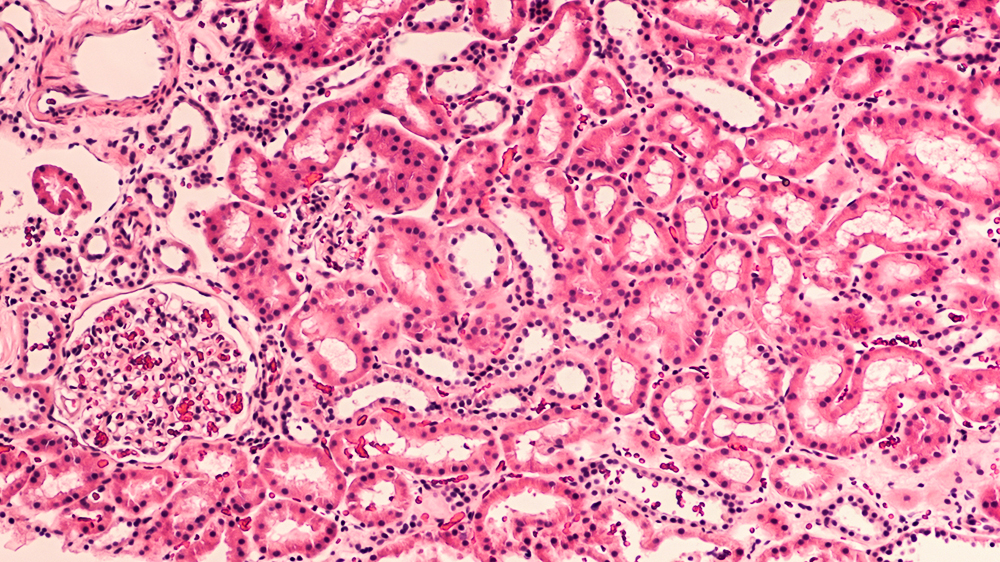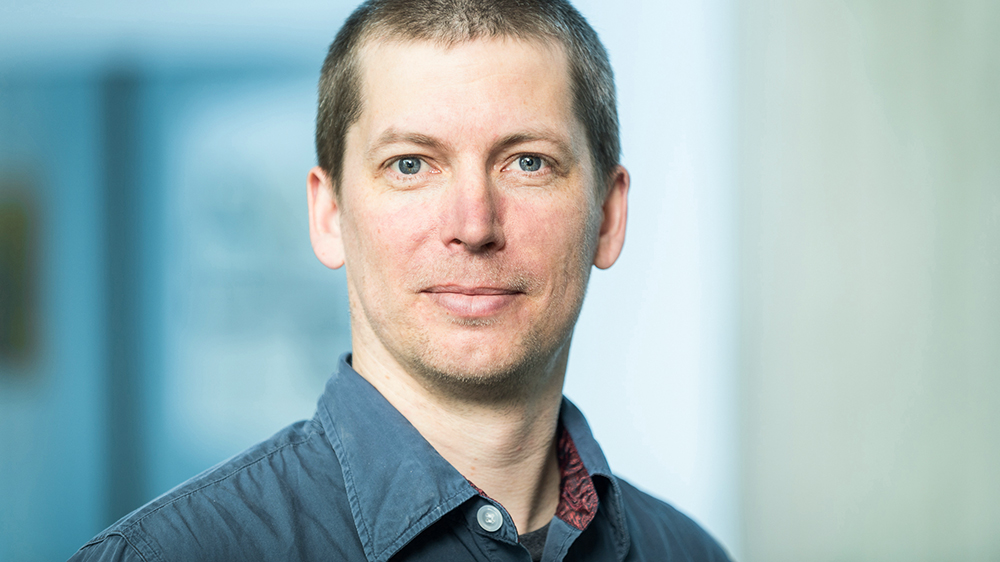Navigation auf uzh.ch
Navigation auf uzh.ch

Cells are the fundamental units of the human body. They are the key to understanding the biology of health and the ways in which molecular dysfunction leads to disease. The long-term aim of the Human Cell Atlas (HCA) project is thus to create a shared, open reference atlas defining all cells in the healthy human body. This will make it possible to better understand fundamental human biological processes as well as diagnosing, monitoring, and treating diseases. Basically, the cell atlas will be a collection of cellular reference maps, characterizing each of the thousands of human cell types, along with their properties and their exact location within the body’s tissues.
Once established, the HCA will be an invaluable resource, empowering the global research community to systematically study the biological changes associated with different diseases. The atlas will help researchers to pinpoint where genes associated with disease are active in our bodies, analyze the molecular mechanisms that govern the production and activity of different cell types, and sort out how different cell types combine to form tissue. The HCA will improve our understanding of how genetic variants impact disease risk and allow scientists to develop better therapies, define drug toxicities, and advance regenerative medicine.
In a first draft, the HCA project will create detailed profiles of 30 to 100 million cells, both isolated and in their tissue context, from major tissues and systems of healthy humans. To achieve this, experts in biology, medicine, genomics, technology development, and computation (including data analysis, software engineering, and visualization) from institutions form many different countries will be working together. One of the participating research groups is headed up by Mark Robinson, associate professor at the Institute of Molecular Life Sciences of the University of Zurich.

In April 2018, the UZH expert in statistical genomics received a grant from the Chan Zuckerberg Initiative (CZI) supporting the HCA project. In total, the CZI is funding 85 collaborative projects across 53 institutions, and in nine countries spanning four continents with USD 15 million over one year. “Systematically comparing diverse cell and tissue types as well as samples of human cells and tissues from across the world requires standardized experimental and computational methods,” explains Mark Robinson. His own and the other projects supported by the CZI therefore focus on developing open computational tools, algorithms, visualizations, and benchmark datasets to enable researchers around the globe to work with the large variety of molecular and imaging data being generated by scientists working on the HCA.
In his project, Robinson focuses on analyzing large single-cell datasets, either from single-cell RNA sequencing or single-cell cytometry, in order to discover interesting patterns. “For us, the science is the method itself,” he says. His team develops statistical methods and software tools to prepare and interpret high-throughput data sets in a robust way and create benchmarks that other method developers can use in their work. For the CZI project, they are specifically developing tools to unravel cell-type-specific changes in cell state, e.g. the activation status of immune cells. “For example, our methods will discover and annotate biologically interesting cell types or uncover molecular features that can be used to predict whether a patient will respond to therapy,” adds Robinson.